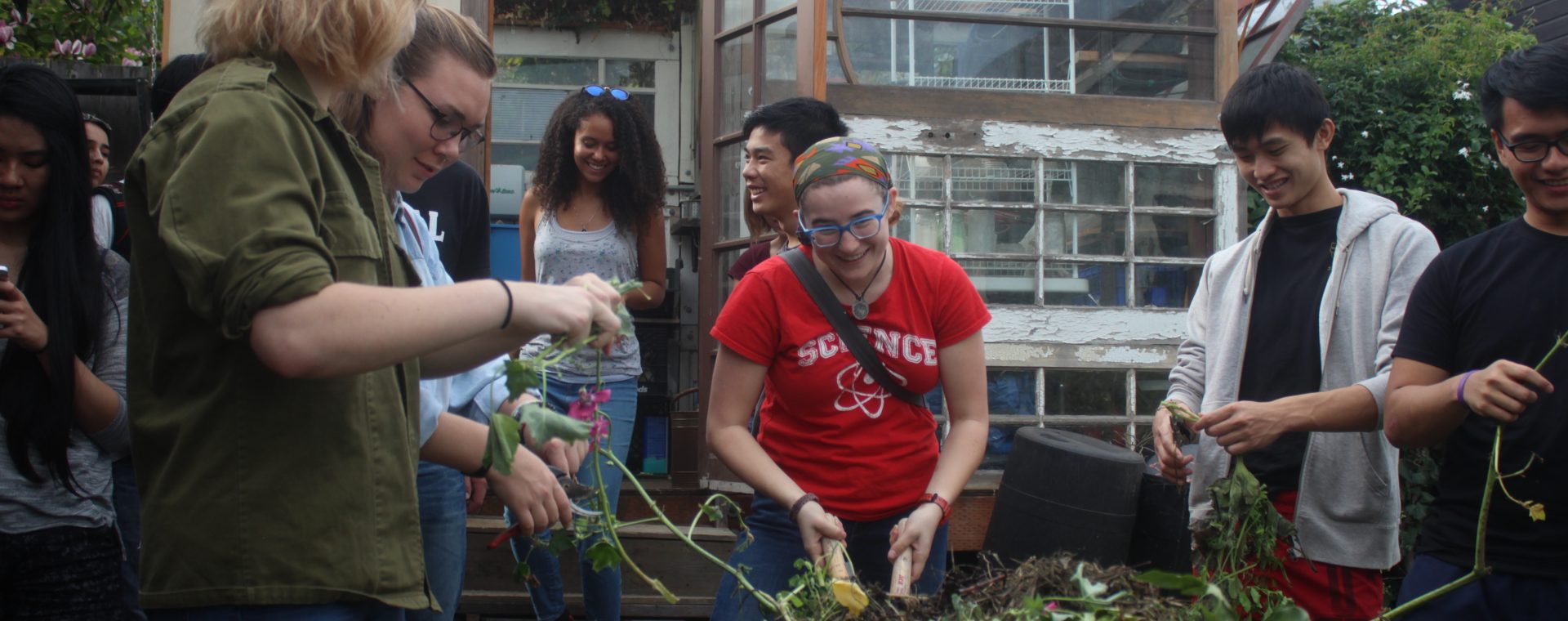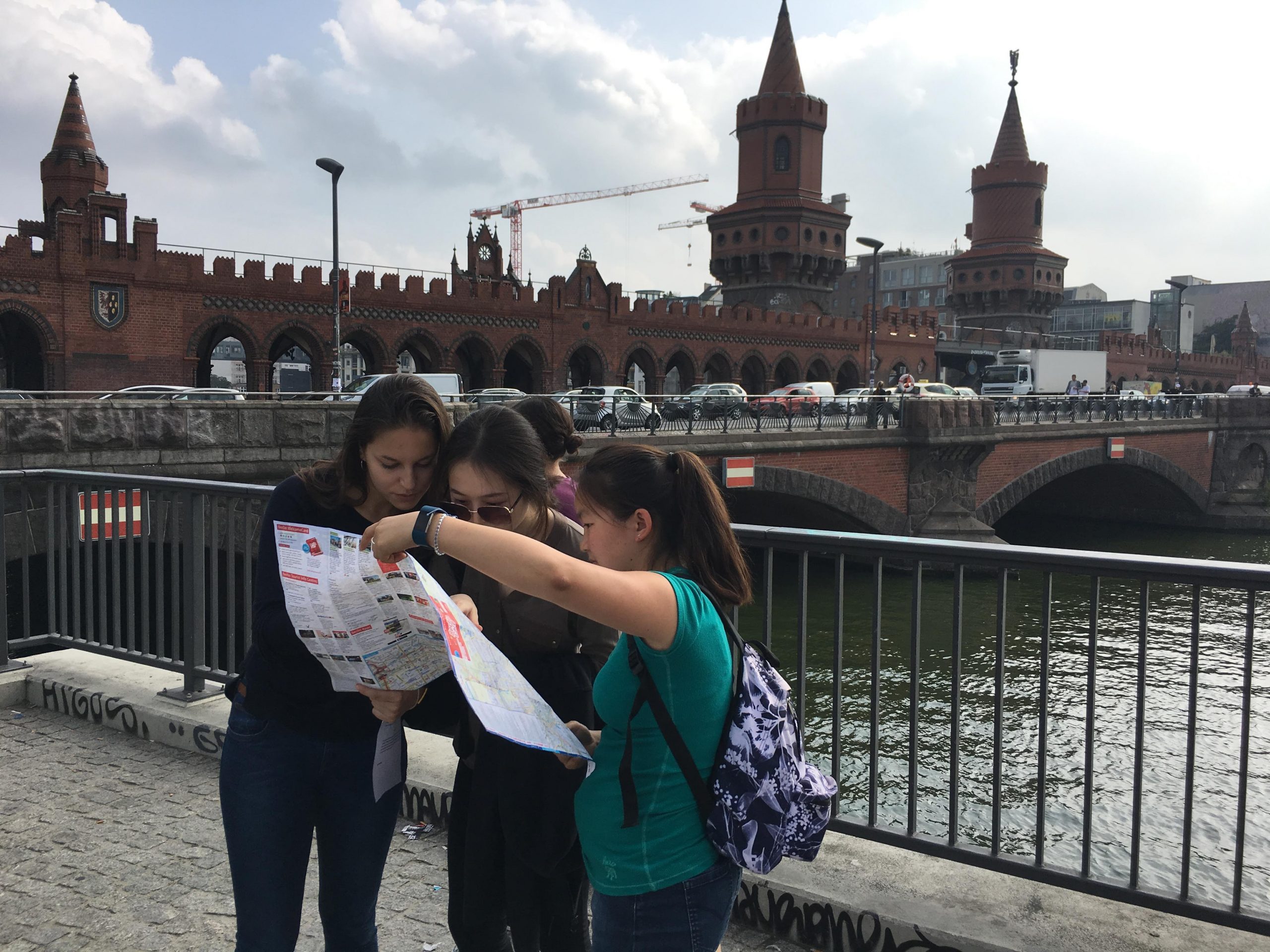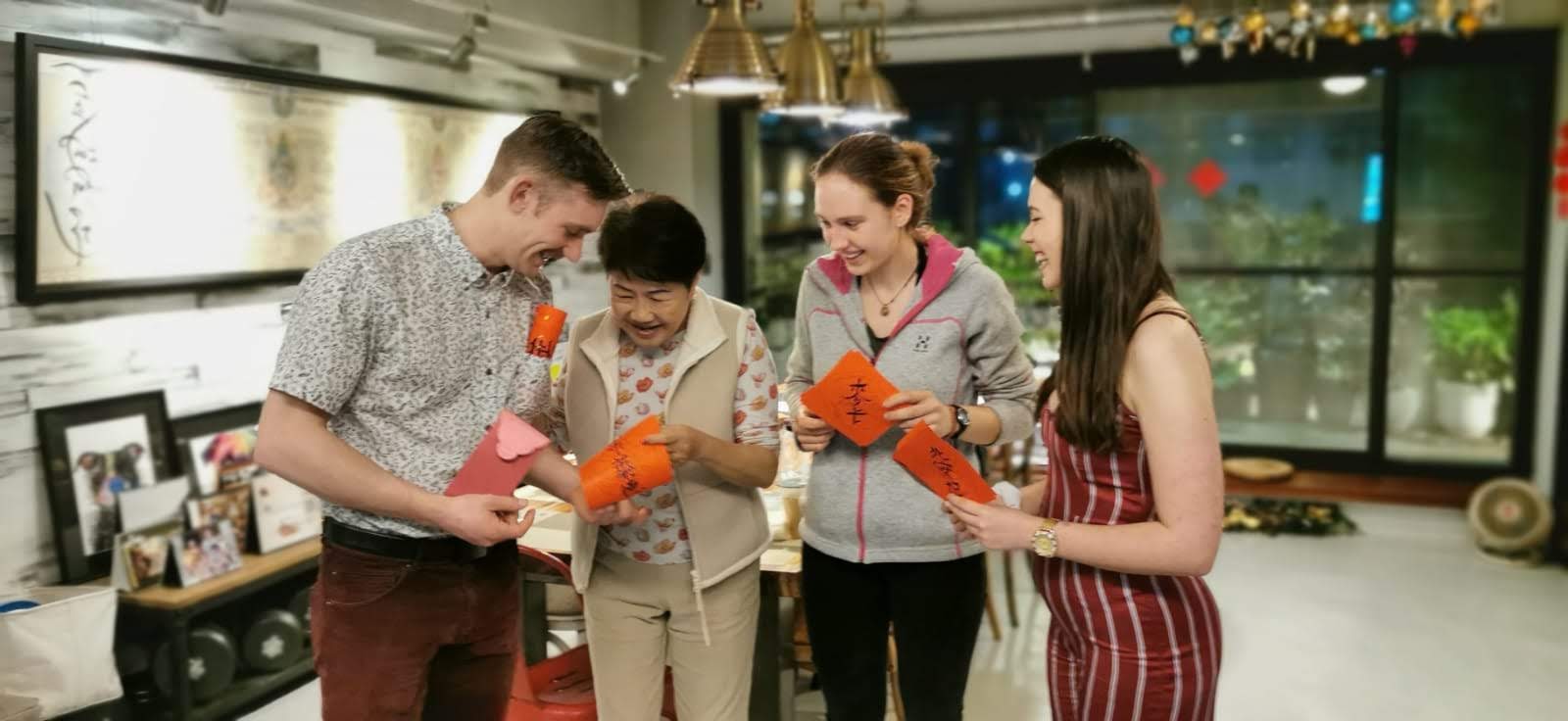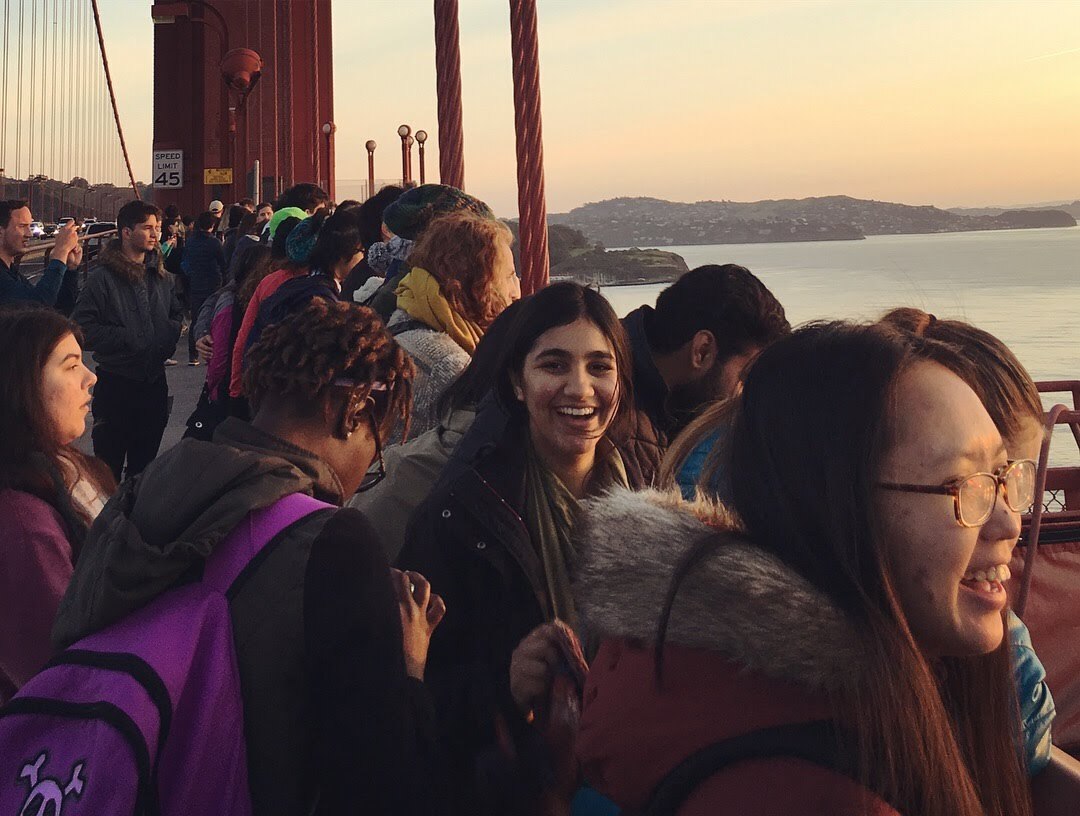
When I ask people about the most impactful parts of their college years, the first response is rarely about class content or an assignment. It’s most often an experience. The time they shadowed a doctor in a hospital and, even though they’d dreamed of a career in medicine since childhood, realized they didn’t enjoy the reality of the work. It’s the research trip they took with a professor to Central America to study in the field. It’s the late night debates and mischievous adventures that forged lifelong friendships. These are the moments that shape character and inspire careers. Yet, most higher education does not focus on experiential learning, or at best leaves it to chance.
Put simply, experiential learning is gaining knowledge through cycles of doing and reflecting. Different from traditional academic learning which typically occurs in a classroom, this type of learning is active and in “real world” environments. An analogy I often use is if I want to learn how to ski, I can know the content of all of the best books about skiing technique and history, but not until I’m falling down a mountain do I really learn how to ski. The same can be said for learning how to be a marketing professional, a web engineer, or a good manager. Experiential learning bridges theory and practice by challenging learners to apply concepts in real situations.

Students practice intercultural skills as they navigate Berlin during an Exploration Day.
At Minerva University, where I worked for five years, the curriculum is designed to facilitate student learning not only across disciplines, but also in a variety of global contexts. Concepts that students learn in one class appear in another, challenging them to practice transferring what they’ve learned to new situations. While many universities have study-abroad, internships, and project-based learning programs, what Minerva does differently is create a common language throughout all of these experiences; a universal set of learning outcomes throughout the university curriculum. This integration of concepts across different contexts enables students to learn and apply concepts at a deeper level, with direct relevance to their careers and life.
For example, students study in seven different cities during their four undergraduate years, where they are immersed in new cultures and can practice the skills learned through class in changing and novel contexts. Different experiential methodologies, such as location-based assignments, require students to go out into the city, interact with people, and report back their findings. Exploration Days challenge students to navigate new cities physically and culturally, learning how to interact and communicate effectively in the process. Civic projects connect teams of students to local professionals to collaborate on a challenge faced by their organization. Through these projects, students practice problem-solving and develop a sense of civic responsibility to contribute to the cities and communities in which they live. They begin to view each “city as a campus” for learning, challenging the notion of what a “classroom” can be. Over time, by engaging in a variety of experiences around the world, Minerva students develop a unique worldview in addition to gaining professional and cross-cultural skills to prepare them for life after graduation. It is the application of concepts in real situations which deepen their understanding of, and preparedness for, the world.

Students share a “thank you” card with a local Taiwanese woman who hosted them for dinner with her family during the announcement of the 2020 presidential election in Taiwan.
Through my experience designing immersive learning journeys at Minerva, I’ve learned a few core principles that can help any educator incorporate impactful experiential learning into their curriculum:
1. Anchor on purpose and principles – Experiential learning is a methodology for helping students achieve course learning outcomes. Define the learning outcomes for the experience and continually refer back to them while making decisions about the design. The learning outcomes define why you’re doing the experience. Work with your team to make a set of principles which will guide how you do experiences. Minerva has a set of Seven Guiding Principles which are core to our methodology for creating extraordinary experiences. The why and how will help you then define what to do. For example, to purposefully teach students about the impact of the Taiwanese presidential election of 2020 and how to interact effectively in different cultures (why), our Taiwan city team used Minerva’s principles of Human and Authentic (how), to organize small group dinners with local Taiwanese families (what). This allowed students to learn about the election in an immersive and emotional way, directly from the people it would impact. Many students reflected that it was one of the most important moments for them during their time in.
2. Know and involve your audience – Being learner-centric isn’t a new concept, but it’s one that takes practice. Always keep in mind who you’re designing for and make the effort to get to know them. Even better is to design with Some of the best experiences were born out of informal conversations with students where they shared ideas and volunteered to help create for their peers. For example, the StudentLife team in each Minerva city has a team of student interns who help co-design and facilitate experiences. They gather input from students and represent the student perspective in the planning and implementation of experiential learning activities. They help the Student Life team anticipate hectic assignment times, understand emerging student needs, recruit student experience leaders, and deepen the connection between the course learning outcomes and the content introduced by local partner organizations. Their collaboration is essential in creating timely, relevant, and memorable experiences for students.
3. Craft journeys, not one-offs – Design the college experience as a holistic journey instead of individual moments. Similar to curriculum design, experiences should build upon each other when For example, first-year students are required to attend a series of experiences which teach the practical skills needed for successful civic projects with local organizations. The timing and content of the experiences align with the student needs at any given stage of the project. For instance, when student teams are announced, they are also expected to participate in a team-building day where they create team agreements and participate in trust-building activities. Before student teams present the results of their project work to their partner organization, they participate in a professional presentation and storytelling workshop to practice effective communication. Experiences throughout the semester are connected to each other through the thread of their project-based work.
4. Build networks – Quality experiences come from strong relationships with professionals who are willing to take time to mentor and invite students into their world. We sometimes refer to our partners as “professors of practice” and they are essential to creating opportunities for students to learn through applying concepts in different contexts – whether through internships, office visits, mentorship, personal storytelling and more. Finding partners who are mission-aligned and believe in the transformative power of experiential learning makes all the difference when trying to create memorable moments for students. Take time to build, nurture, and grow relationships with professionals across a variety of industries and perspectives. Even better, connect partners to each other, thereby creating networks of relationships for students, faculty, and professionals to contribute to and engage with. Strong relationships with professionals in the field are an important part of the backbone for impactful experiential learning.
5. Embrace iteration – Real life is messy, so expect some messiness in the process as you build out new Be sure to gather feedback from students and partners as you continually seek to improve the experiential learning offerings. For example, at Minerva we have invested in impact measurement and a regular cadence of gathering data about whether or not the experience outcomes were achieved. Investing in a thoughtful feedback process with students and professional partners will provide the data needed to continually improve experiential programs.
6. Create space for reflection – Experiential learning isn’t about creating as many experiences as possible for students. The learning part happens when students pause and reflect on what they went through. Without reflection, students risk walking away with a blur of activities and no synthesis on what they learned. Help students solidify their takeaways by guiding them through reflections on their experiences. Even better, make the reflections on the experience an academic assignment which asks students to articulate how they applied the course learning Some of my favorite reflection formats include contributing photos and written reflections to a personal experience portfolio, group discussions to process the experience together, and simply time built in at the end of an event to think in silence. We can often feel pushed to quickly move on to the next event, but helping students develop a regular reflection practice after experiences is essential for learning.
7. Save energy for a little magic – It can take a lot of effort to make impactful learning experiences, but saving some energy in your design process for surprise and delight will be worth it. At Minerva we often use the term “magic” to refer to the unconventional and above-and-beyond moments we create for our students. More than being fun, crafting unexpected moments has the pedagogical benefits of enhancing memory of learnings from an experience. For example, there are several secret experiences throughout the student journey at Minerva University which heighten curiosity and create “peak moments” for students. Without giving too much away, a favorite experience of mine involves taking first year students to the Golden Gate Bridge in San Francisco at sunrise and asking students to write a letter to their future selves. It takes effort, but we hold on to that letter for four years and give it back to them in their final year. It is a special moment to witness the reaction of students as they read the handwritten messages of a past self and reflect on how much they have grown. Weaving some “magic” into your experiences will unlock their transformative potential. Consider how you might heighten senses, personalize, and surprise in your experience design.

Students wake up at sunrise to walk across the Golden Gate Bridge in San Francisco.
Without greater emphasis on experiential learning, colleges risk sending graduates into careers without a solid understanding of how the concepts they have learned actually interact with the real world. As universities think about the kind of graduates they want to put out in the world, and how they can best prepare them to thrive in it, integrating real-life experiences into the curriculum becomes a necessity.


